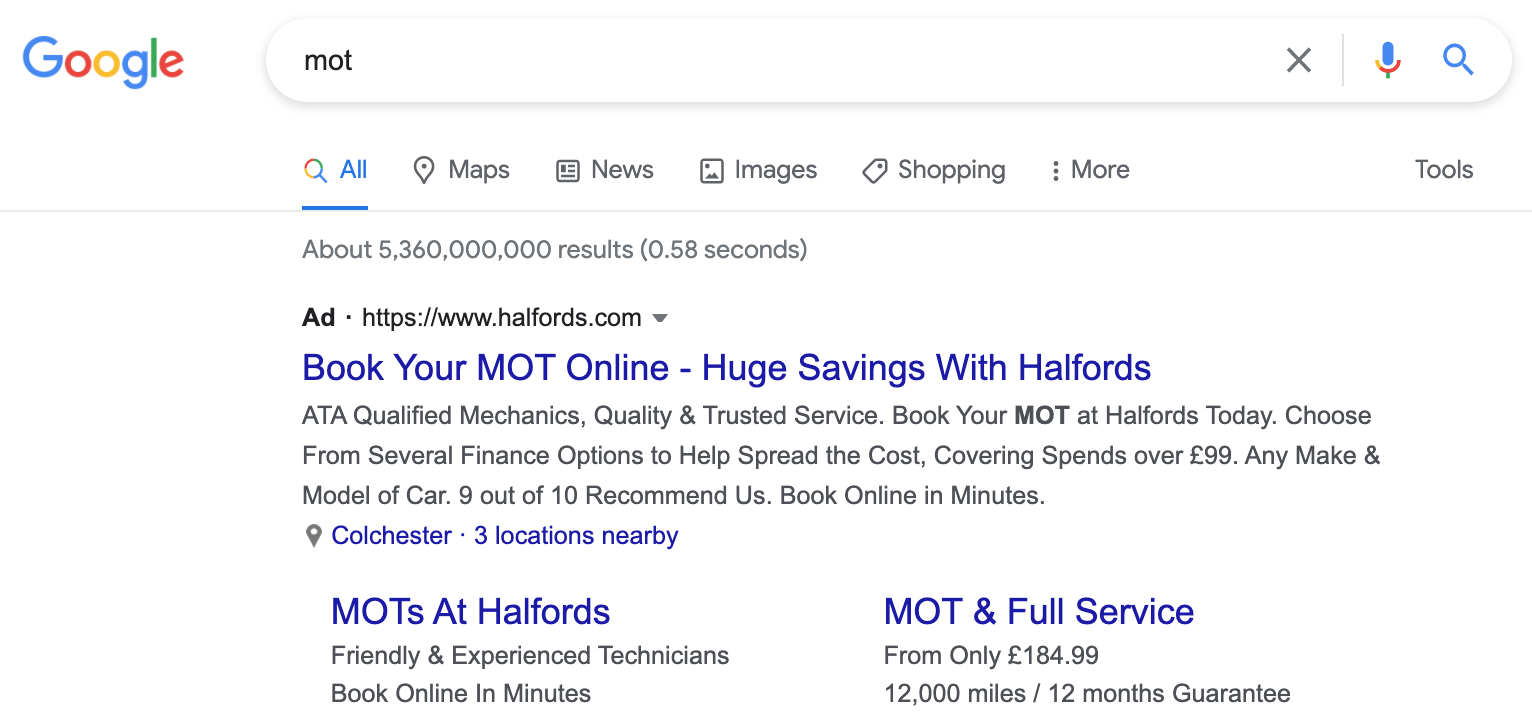We’ve all heard of landing pages and home pages, but there can sometimes be confusion about the key differences between the two.
Knowing what the differences are is really important because while landing pages and home pages might look similar in some scenarios, they each play a distinct and essential role on a website.
In this article, we’re going to explore the landing page vs home page discussion and explain the main points you should be looking out for.
A broad explanation of the terms
Before we go into the specifics, a good place to start is by providing an overview of landing pages and home pages.
So, what is a landing page?
A landing page can be any page on a website, but in online marketing terms, it’s a standalone page, separate from your home page or any other, that serves a focused and single purpose.
And what’s a home page?
This one’s pretty self-explanatory but we thought we’d include it just in case! A home page is simply the introductory page of a website, typically serving as a table of contents for the site.
Now that we’ve got that out of the way, we can delve into the more detailed stuff.
The goal of the page
With any new page, you add to your website, you should always have the goal of your addition in mind.
As we mentioned earlier, landing pages and home pages can sometimes look similar. You might feature the same colours, font and layout to keep your website theme consistent, but the actual goal of a landing page and the goal of a home page are entirely different.
The primary goal of a home page should be to promote your brand, encourage users to engage with your site and build trust and credibility. Much like a brochure, a home page is an introduction to what you do and an invitation to take a look around.
In contrast, a landing page should be focused on a single, specific target. You should not be providing visitors with multiple choices because you should be focused on a single goal.
This could be to get them to sign up for a newsletter, try out a free demo or call a phone number for a consultation.
The key here is that landing pages have a single-minded focus, which leads to higher conversion rates and a better ROAS (return on ad spend).
Incoming traffic
If you search for ‘MOT’ you’ll see quite a few ads at the top of the page in the results. We’re going to look at Halfords in our example because they appear at the top.

The result we see here is a landing page. How do we know this? Because it’s targeted specifically towards a single purpose: MOTs.
As we know, Halfords do more than just provide MOTs. They provide a huge range of services and products for bicycles, motorcycles and vehicles.
But this page in question doesn’t refer to their whole range of services and products; instead, it’s specifically focused on MOTs.
Here we have our next key difference between landing pages and home pages: the incoming traffic.
You should only use paid advertisements like Google ads or Facebook ads to drive traffic towards a landing page. Landing pages have a clear-cut goal, which means you’ll be more likely to make a return on your investment.
Conversely, traffic that comes to your home page will usually come from other sources, such as:
- Organic search
- Social media
- Direct traffic
- Referred traffic
These visitors may not always be searching for a specific product or service, and many of them may simply want to look around and see what you’ve got to offer.
This is why your home page should always be built to accommodate new users who may well be viewing your brand for the first time.
The on-page navigation
The final key difference between landing pages and home pages is the options you have to navigate when you land on the page.
As we now know, landing pages are all about return on investment. You want the user to complete a single specific task.
Therefore, the best landing pages will prevent users from navigating away from the page. Simplifying landing pages and taking away as many options as possible means there’s more chance of the user completing the action you want them to take.
In contrast, home pages are the absolute opposite. Imagine landing on the home page of a new website for the first time and being unable to easily navigate the website and find out what they’re all about!
The importance of user experience
User experience is massively important, and as the main entry point for most users, home pages should be as user friendly as possible. This means allowing users to browse to their heart’s content. If they find what they’re looking for and make a purchase or an enquiry, then great. If they don’t; no harm done!
What’s important is that they’re able to easily navigate and quickly find what they’re looking for.
Top tip: if you find that your home page has a high bounce rate, this could indicate that users are not finding what they’re looking for quickly enough. In this situation, we’d recommend reviewing the content and navigation options on your home page to make sure your brand is made clear to new visitors and that the interface is user-friendly.
Feeling more confident about landing pages vs home pages?
Now that you know the key differences, you should be in a better position to optimise your landing pages and home pages.
Both are essential components of websites and play a huge role in the performance of your digital platform as a whole.
But you’ll only get the best results if you make sure they are being used correctly and have been sufficiently optimised to fulfil their purpose.